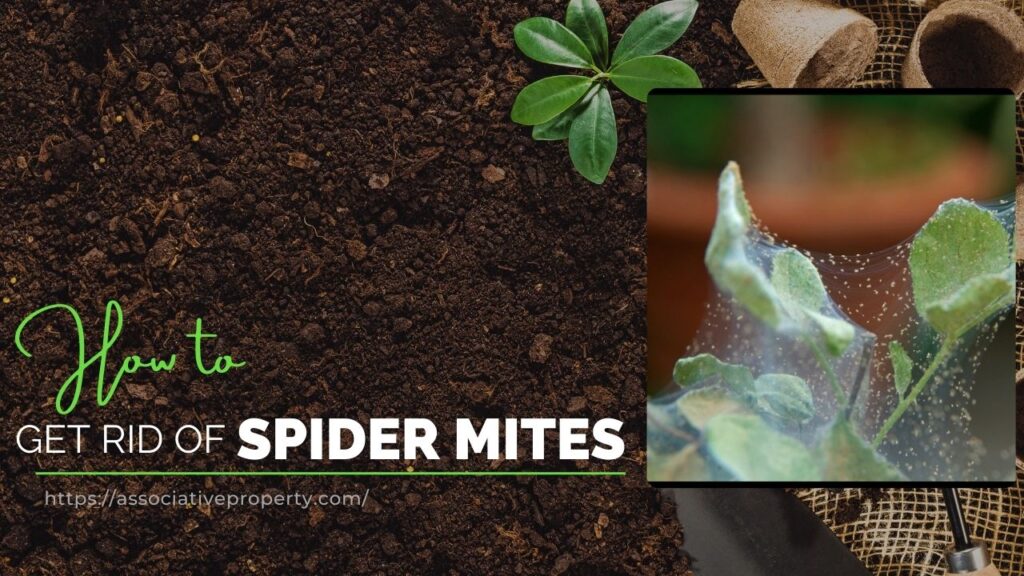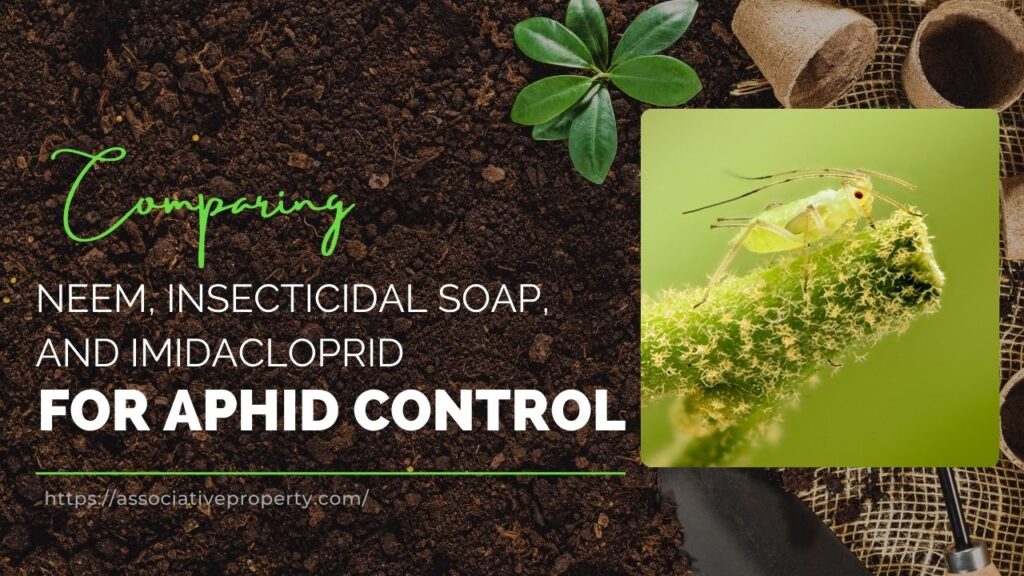Hi, I’m Annette Mathew. Welcome back to my garden! Today (on 05/07/2025), I’m sharing a little experiment I did to find out what really deters slugs and snails from eating my precious plants. I know how frustrating it can be to see your hard work in the garden get ruined overnight by these slimy little invaders.
The Setup
A few weeks ago, I started growing sweet peas from seed. Once they were strong enough, I repotted them into individual pots and added a little plant food to each. To support them, I used an old clothes rail, tied up some twine, and attached it using tent pegs in each pot. This gave the peas something to climb as they grew.
Then came the fun part, testing natural deterrents. I wanted to see which ones actually work. Here’s what I tried:
The Natural Deterrents I Used
- Copper Mesh
Easy to use and stretchy. I wrapped it around the pots. - Copper Tape
A bit tricky to stick smoothly, but I applied it around the pots as best as I could. - Eggshells
I crushed the shells into small pieces and added a very generous amount. - Oyster Shell Grit
This is usually chicken feed, but someone suggested it might help. So I gave it a go. - Garlic and Mint
I wasn’t sure if this would work, but I mixed garlic granules with dried mint and sprinkled them in the pot. - Vaseline (Petroleum Jelly)
I coated the pot rim with a thick layer of Vaseline. It was actually Andy’s from his ultramarathons!
And of course, I had a control group—one pot without any deterrent—to compare results.
What Happened Over Time
Day 3
No visible slug or snail damage yet! Though I noticed a few nibbles on the garlic and mint pot. I kept watching.
Day 14
Two weeks in, here’s how things were going:
- Control Group: Some minor damage, but not bad.
- Copper Mesh & Copper Tape: Doing great. No damage at all.
- Eggshells: Sadly, some serious damage. Something is definitely munching here.
- Oyster Shells: Also damaged, especially at the base of the plant.
- Garlic and Mint: Not looking good. It’s the worst performer so far.
- Vaseline: Plant looks happy, but there are signs of invaders—maybe not slugs, but something.
Day 23
Everything is growing like crazy! Here’s the updated status:
- Control Group: Still no signs of attack. Very odd.
- Copper Tape & Mesh: Still performing really well.
- Eggshells: Loads of damage. Slugs or snails love this one.
- Oyster Shells: Damage near the base, but otherwise healthy.
- Garlic and Mint: Disaster struck. My dog got into the pot and ate the garlic, mint, and even dug the soil.
- Vaseline: Some damage, strange markings, but plant is still okay.
Day 41 – Final Results
Time for the final inspection!
- Control Group: Looks fantastic. Even has pea pods!
- Copper Mesh & Tape: Still no visible damage. Very successful.
- Eggshells: Damaged, but still produced pea pods.
- Oyster Shells: A bit of early damage but grew the tallest plant.
- Garlic and Mint: A total mess. Clearly sabotaged by the dog.
- Vaseline: Quite a lot of weird damage. Could be from bugs, not sure.
Summary Table: How Each Deterrent Performed
| Deterrent | Effectiveness | Notes |
|---|---|---|
| Copper Mesh | Excellent | No damage at all |
| Copper Tape | Excellent | No damage at all |
| Oyster Shell Grit | Very Good | Some early damage, but strong growth |
| Control Group | Surprisingly Good | Almost no damage |
| Eggshells | Poor | Heavily eaten |
| Garlic and Mint | Very Poor | Eaten by dog; poor plant health |
| Vaseline | Poor | Odd damage, not very effective |
Final Thoughts
So, which natural slug and snail deterrents worked best?
🏆 Top Performers:
- Copper Tape
- Copper Mesh
- Oyster Shell Grit
❌ Worst Performers:
- Eggshells
- Vaseline
- Garlic and Mint (although the dog didn’t help with this one!)
It’s been a really interesting experiment. The biggest surprise? The control group wasn’t damaged much at all! Maybe I got lucky, or maybe slugs just don’t like my peas this year.
Are natural deterrents successful? I think the jury’s still out. Some work great, others not so much. If you’ve tried other slug and snail deterrents in your garden, let me know! I’d love to try more ideas and keep my plants safe.
Thanks so much for reading, and happy gardening!
Q1: Why do slugs and snails come into my garden?
Slugs and snails love gardens because they are cool, damp, and full of soft plants to eat. They come out mostly at night or after rain. Young leaves, flowers, and tender stems are their favorites.
Q2: Are slugs and snails harmful to all plants?
No, not all. But they prefer soft and juicy plants like lettuce, hostas, marigolds, and sweet peas. Woody or tough-leaved plants usually stay safe.
Q3: When is the best time to check for slug or snail activity?
The best time is in the early morning, evening, or after rain. That’s when slugs and snails are most active. You can catch them in the act and remove them if needed.
Q4: Can coffee grounds keep slugs away?
Yes, some gardeners say that used coffee grounds can help. Slugs don’t like crawling over rough, bitter surfaces. But this method is not 100% reliable, and too much coffee can harm your soil, so use it carefully.
Q5: Do beer traps really work for slugs?
Yes, beer traps work quite well. Slugs are attracted to the smell of yeast. You can bury a small container, like a cup, in the soil and fill it halfway with beer. Slugs crawl in and can’t get out.
Q6: Is salt safe to use on slugs?
Salt will kill slugs instantly, but it’s not safe for your plants or soil. Salt can damage plant roots and change the soil quality. It’s best not to use it in your garden.
Q7: Do natural predators help with slug control?
Absolutely! Frogs, birds, hedgehogs, ducks, and even ground beetles love eating slugs and snails. If you create a garden that attracts these animals, they’ll help keep the slug population down.
Q8: How do I make my garden less friendly to slugs and snails?
Here are a few simple tips:
- Avoid overwatering your garden.
- Water in the morning, not evening, so it dries out before night.
- Keep garden beds tidy – remove dead leaves and hiding places.
- Use raised beds or gravel paths as barriers.
- Add sharp materials like sand, crushed shells, or grit around plants.
Q9: Can I grow slug-resistant plants?
Yes, some plants are less tasty to slugs, such as:
- Lavender
- Rosemary
- Foxglove
- Ferns
- Geraniums
- Ornamental grasses
Q10: Can I combine different deterrents for better results?
Yes, combining two or more methods often gives better results. For example, you can use copper tape around the pots and also attract natural predators to your garden.


